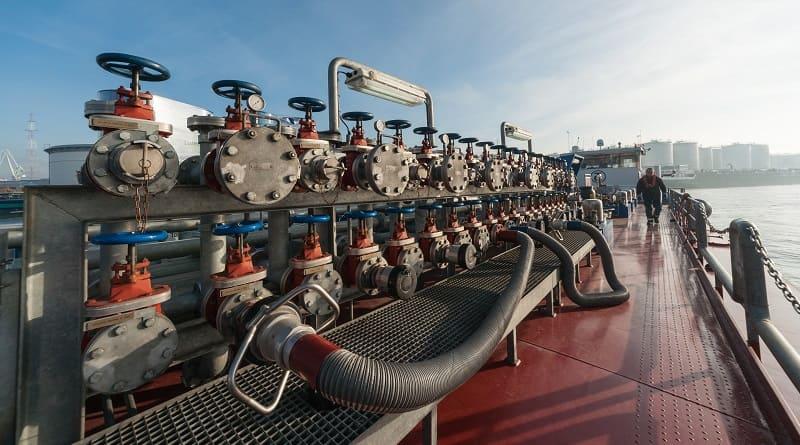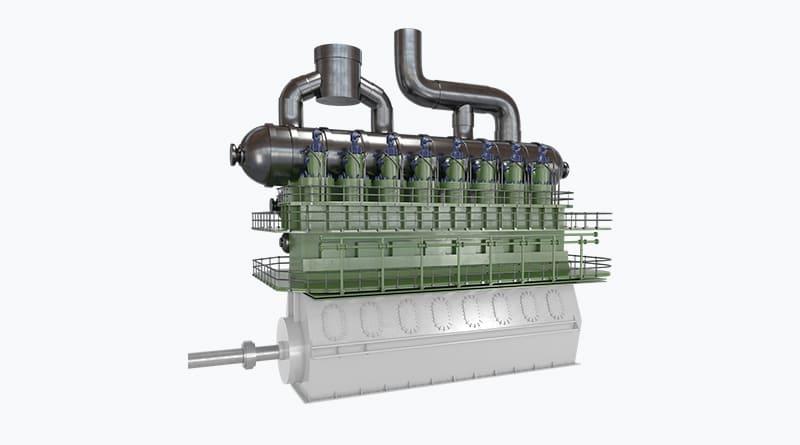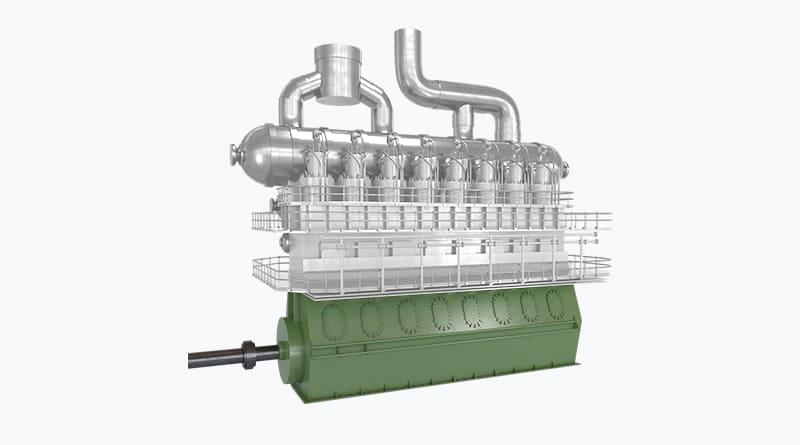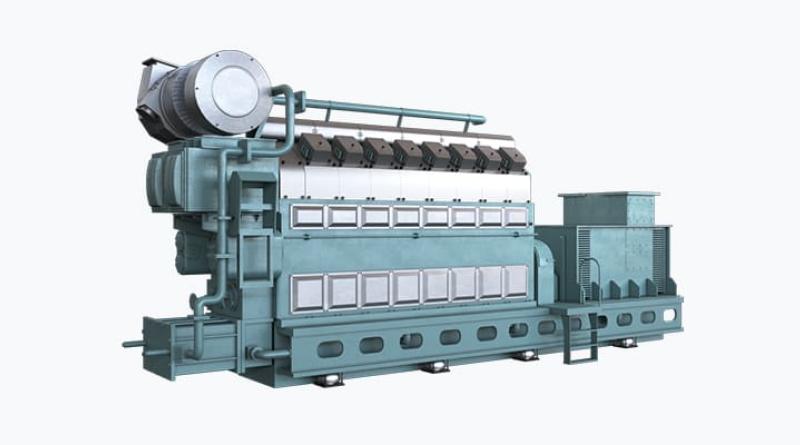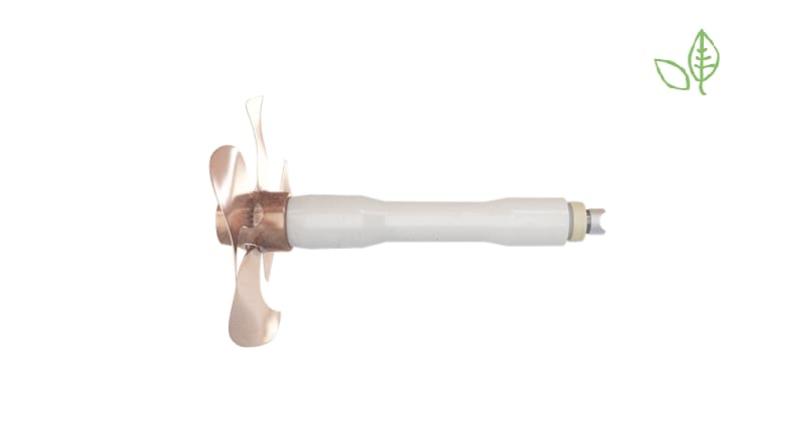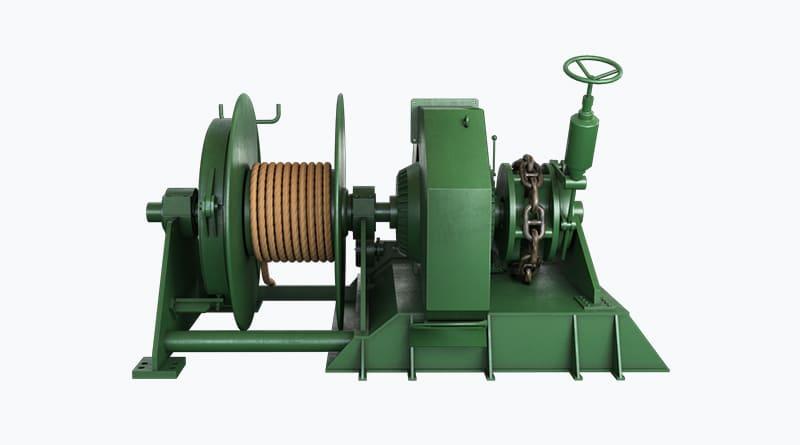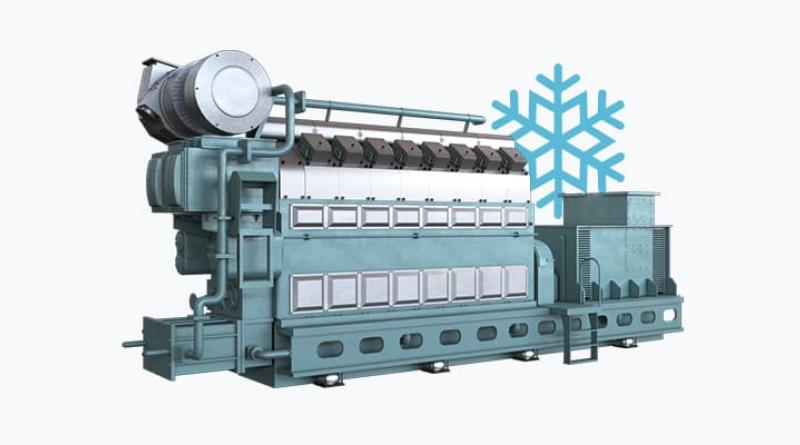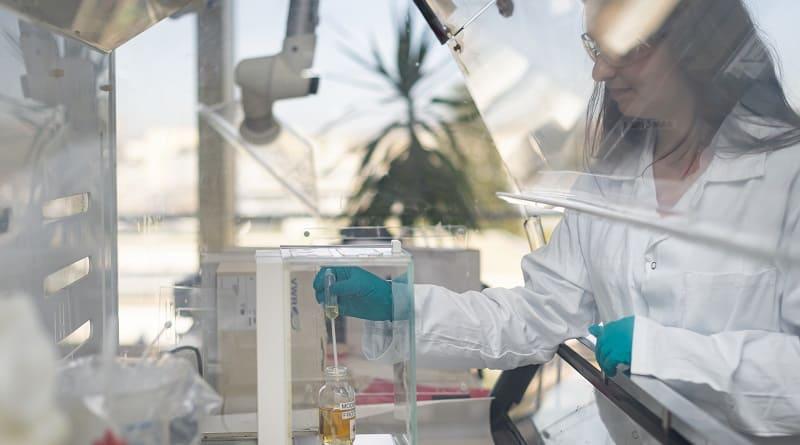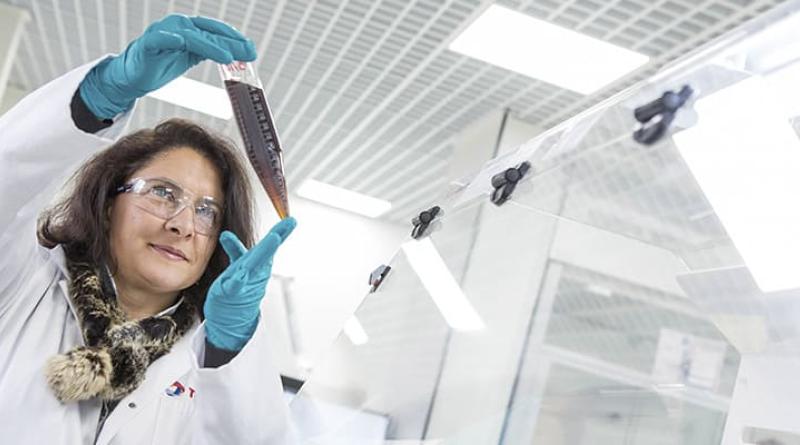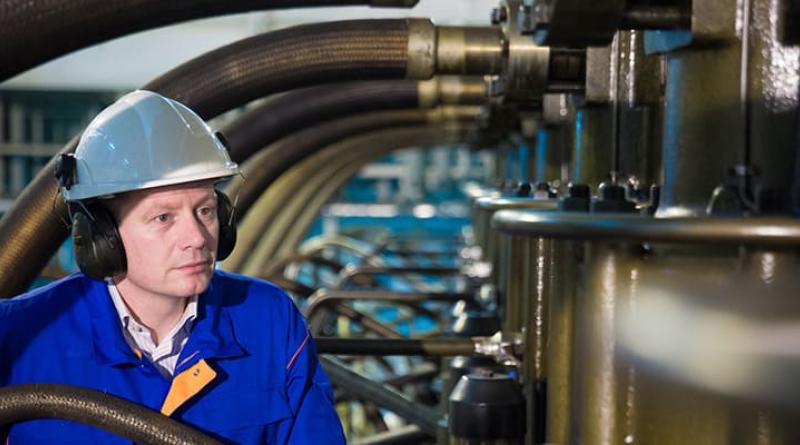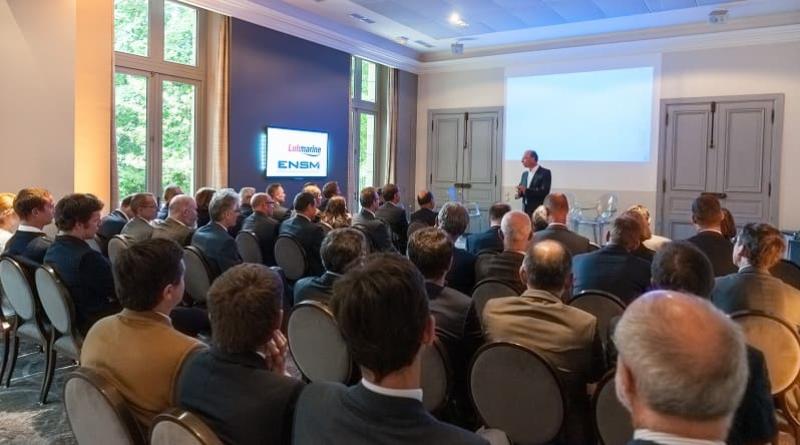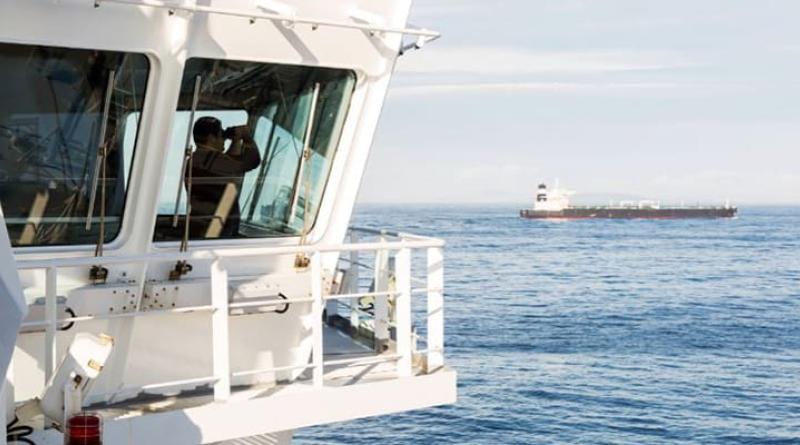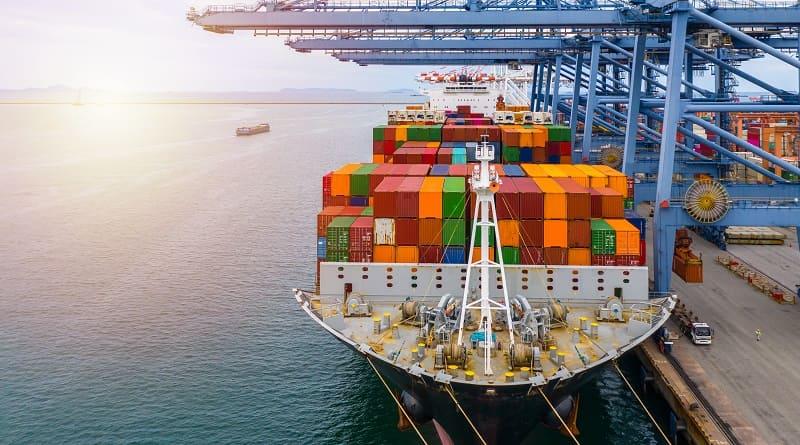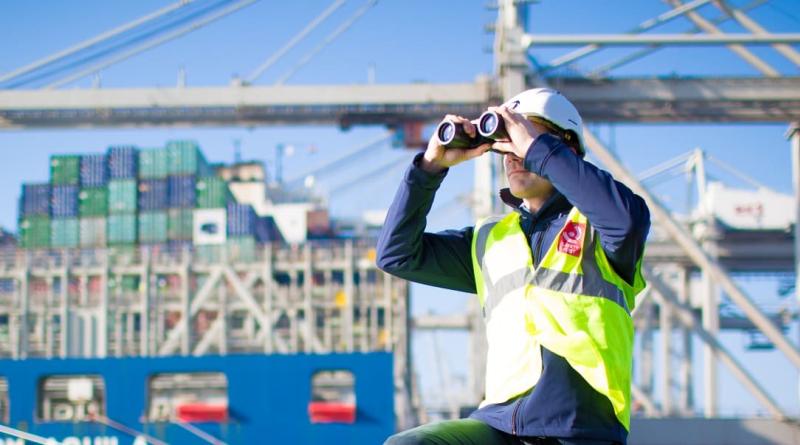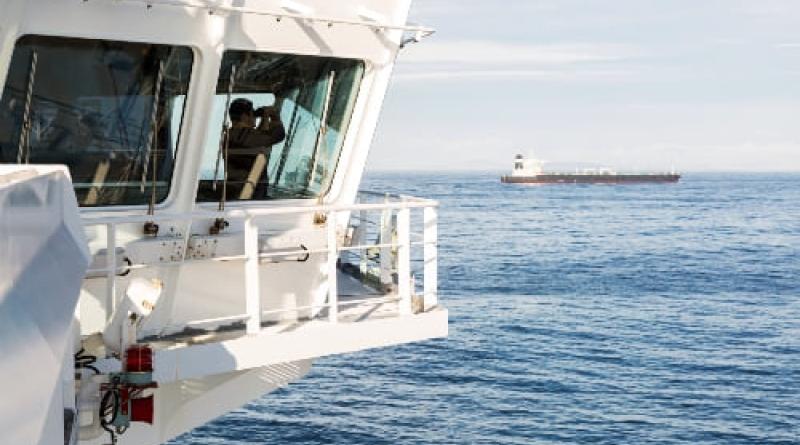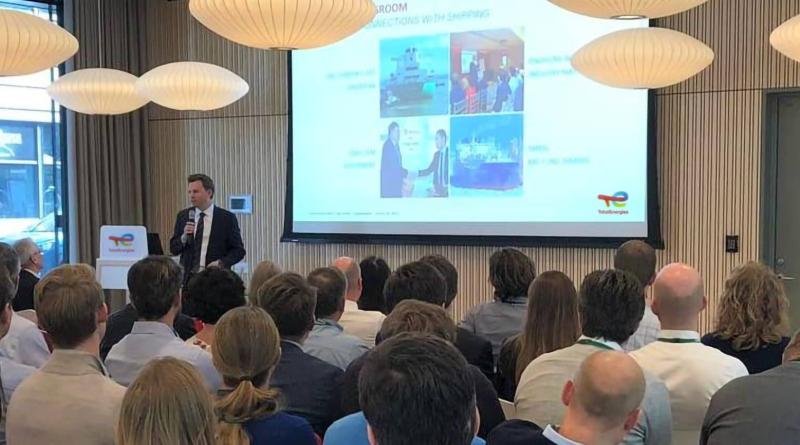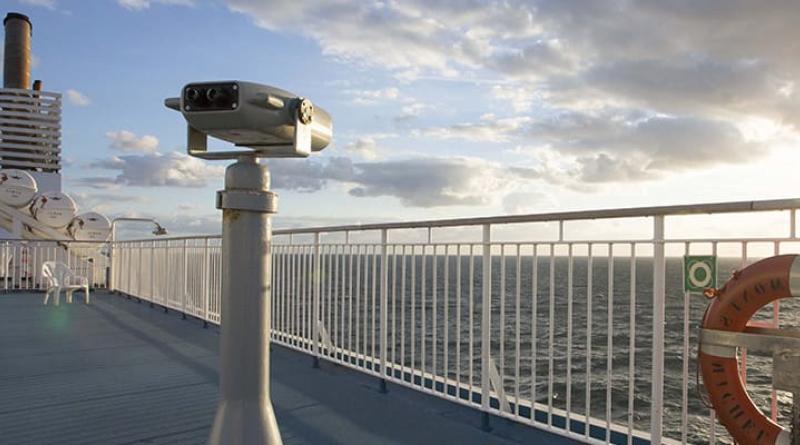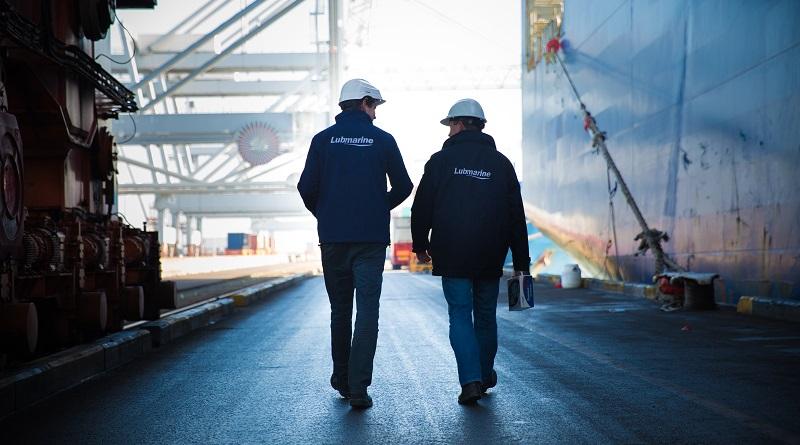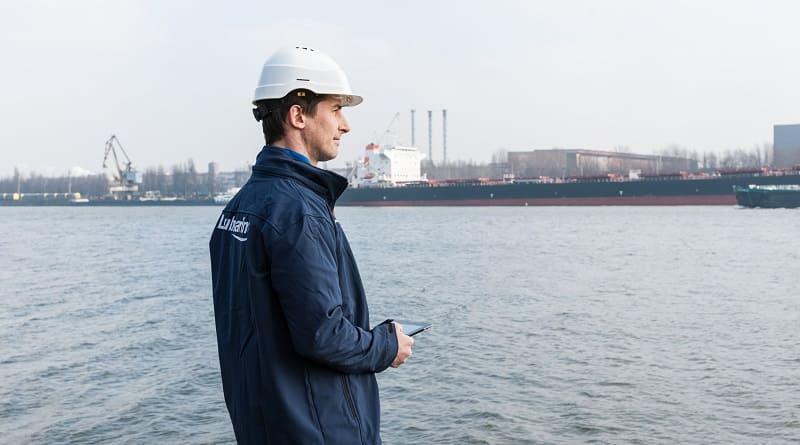
Whilst the Mediterranean Sea may only account for around 1% of the World’s oceans in size, it is one of the busiest shipping areas, seeing around 20% of global ship movements annually.
And from May 1st 2025, it is set to become the world’s fifth designated Emission Control Area for Sulfur Oxides and Particulate Matter worldwide, joining the Baltic Sea, the North Sea, North America (covering designated coastal areas off the United States and Canada) and the United States Caribbean Sea area (around Puerto Rico and the United States Virgin Islands).
The move, designed to help protect the Mediterranean from shipping-generated Greenhouse Gas Emissions (GHG) will see any vessel entering the Med having to comply with a limit for sulfur in fuel oil of 0.10% mass by mass (m/m), helping ensure cleaner air for populations in the Mediterranean Sea area.
It is another significant step forward in shipping’s transition to reduce emissions and will see annual levels of sulfur oxide reduced in the Mediterranean by 79% with fine particulate matter also reduced by 24%.
The development of low sulfur fuels through the introduction of IMO2020 has been the most significant change to the way in which the global fleet has been powered since the introduction of the diesel engines in the maritime industry.
Since its introduction, 8.5 million metric tonnes of Sulfur Oxide emissions annually have been prevented from entering the atmosphere, an amount which is set to increase with initiatives such as SECA Zone status as we head towards IMO’s 2030 and 2050 emissions targets.
At Lubmarine we are continually looking at how we can support our shipping customers around the world on their own decarbonization journeys.
The introduction of SECA in the Med will drive a greater need for adapted lubricants, which we already have within the Lubmarine product ranges.
An example of this is the launch of our new Talusia HD 40 cylinder oil lubricant, delivering exceptional engine cleanliness for today’s multiple cleaner fuel applications such as LNG, distillate and very low-sulfur fuel oils (VLSFOs). Talusia HD 40 has achieved MAN ES Cat II compliance for its Mark 9 and newer two-stroke marine engine designs.
Effective products are just one piece in the puzzle. Engine monitoring and management processes also play a critical role.
To support this, one of our latest solutions is a brand new suite of fully digitalized, interconnected global on-board lubricant sampling and testing services, providing shipping owners and operators with data-driven insights on the health of a vessels’ engine and equipment, helping optimize their operations.


